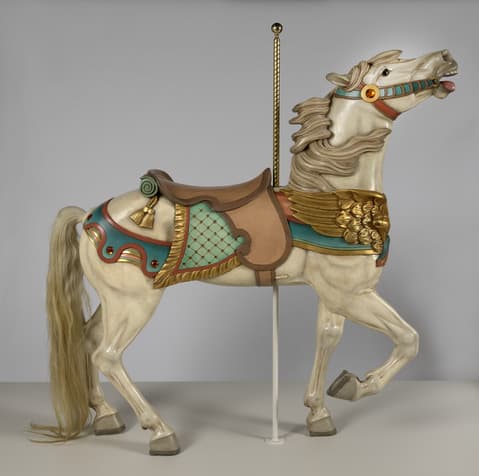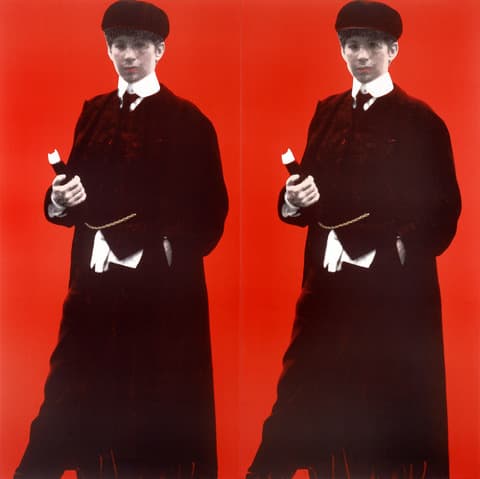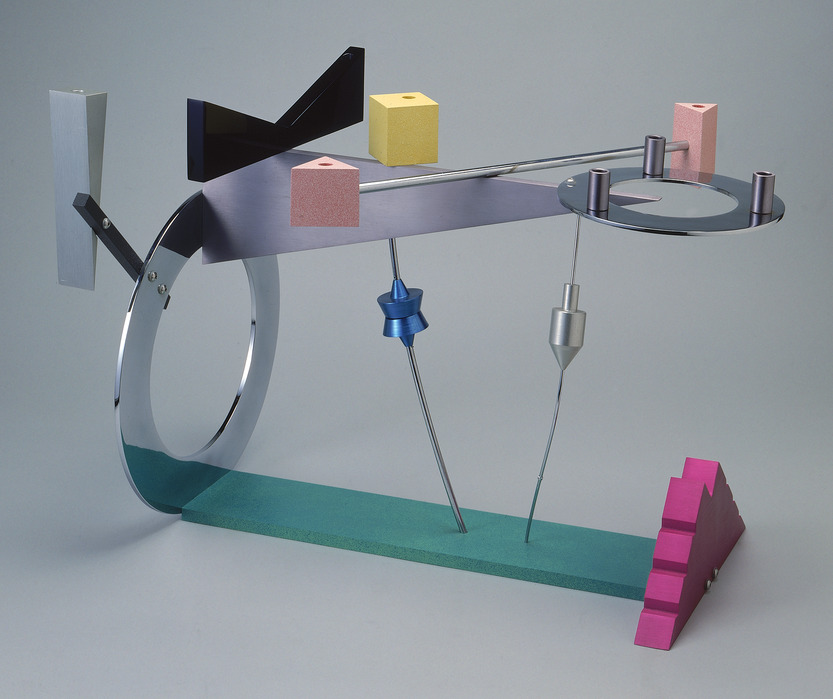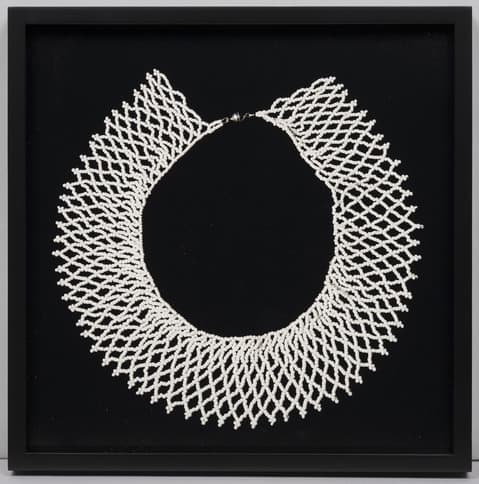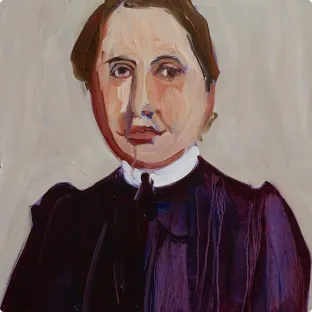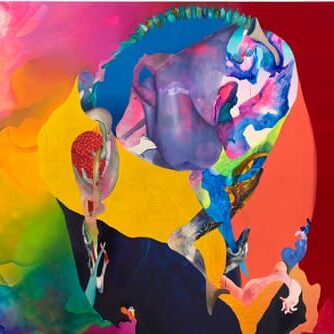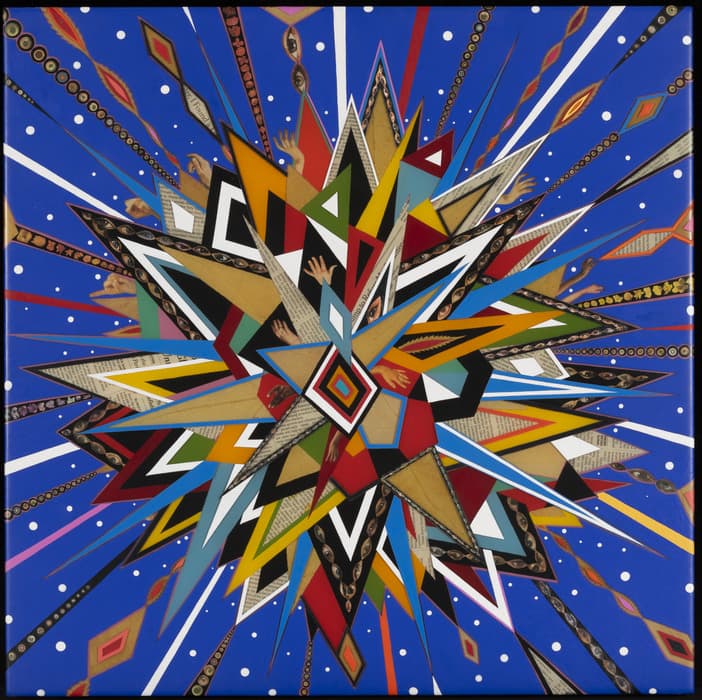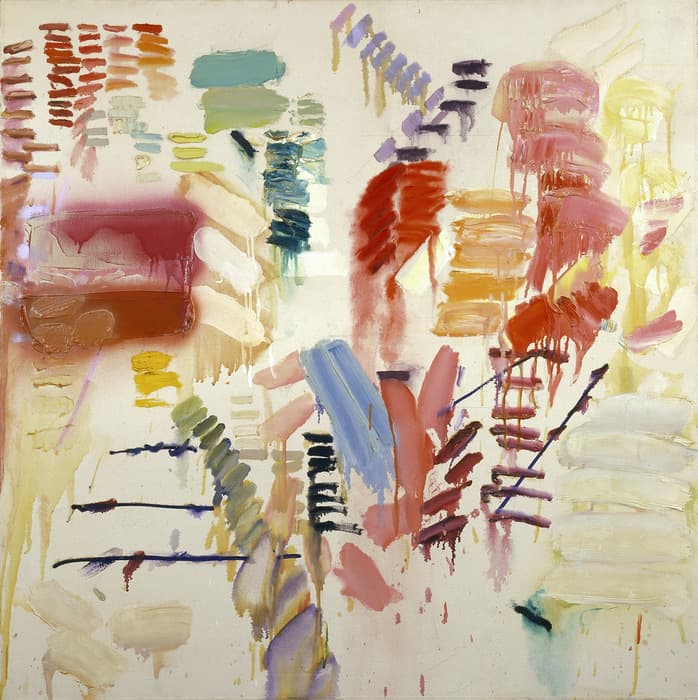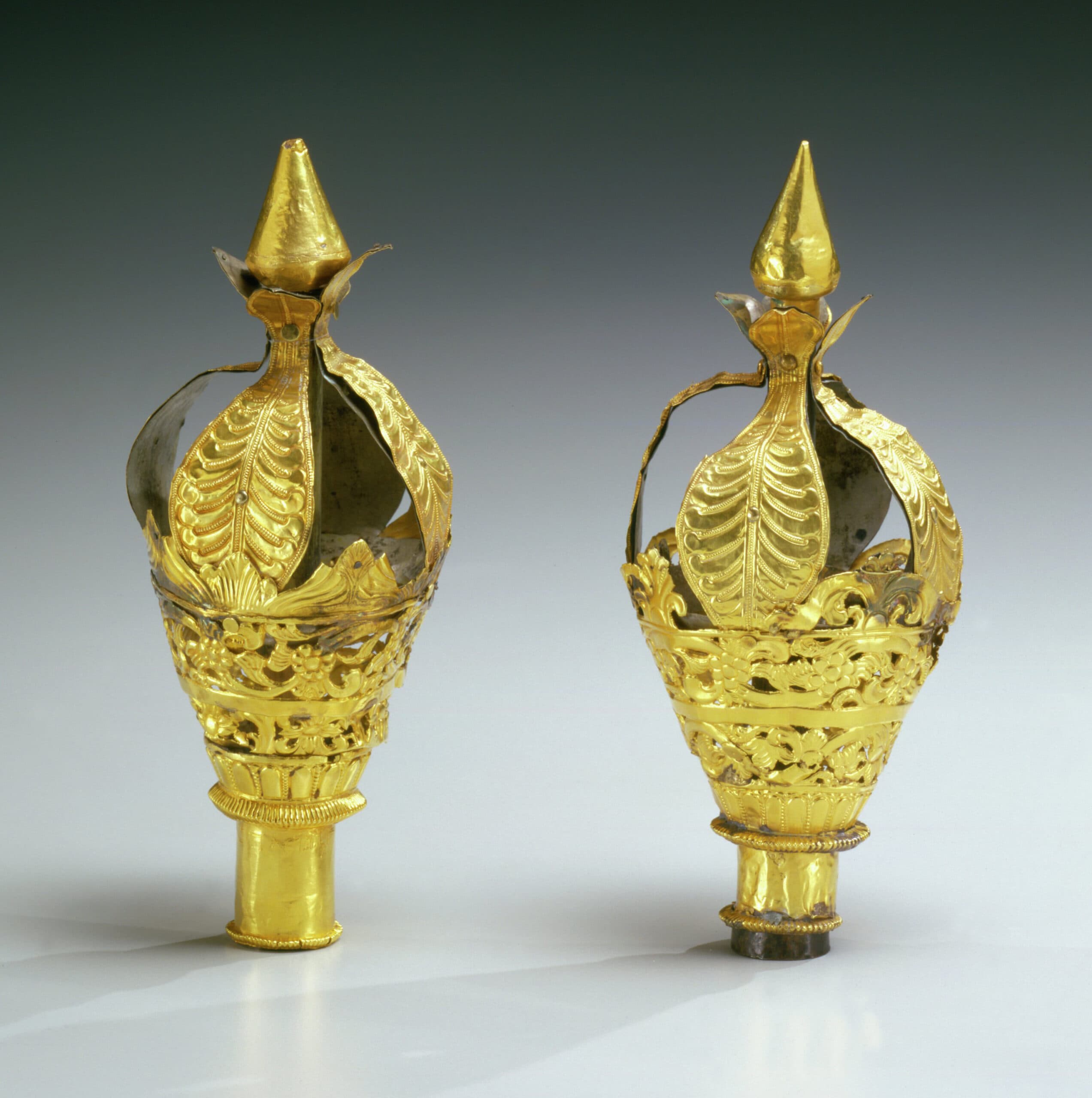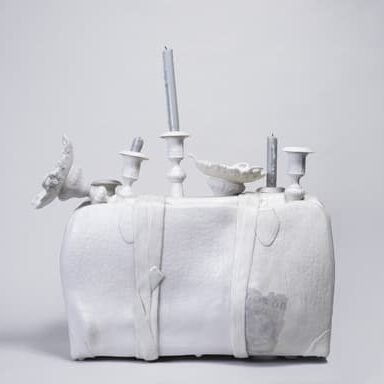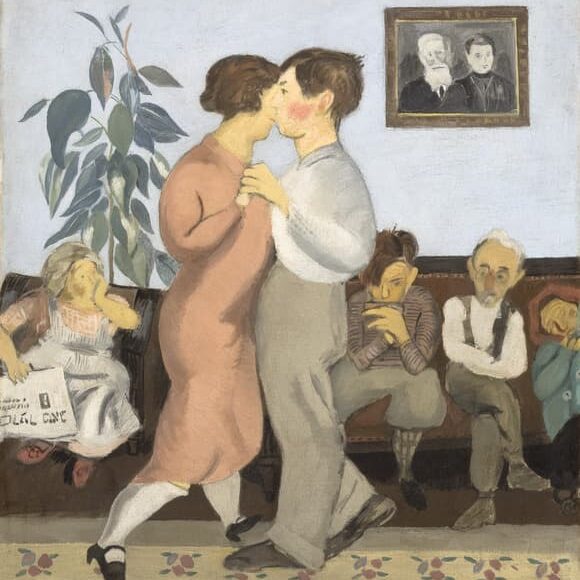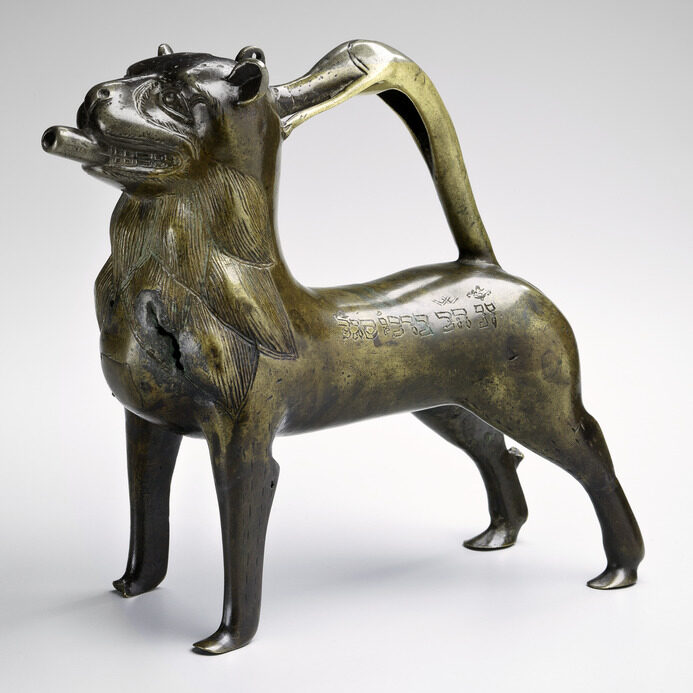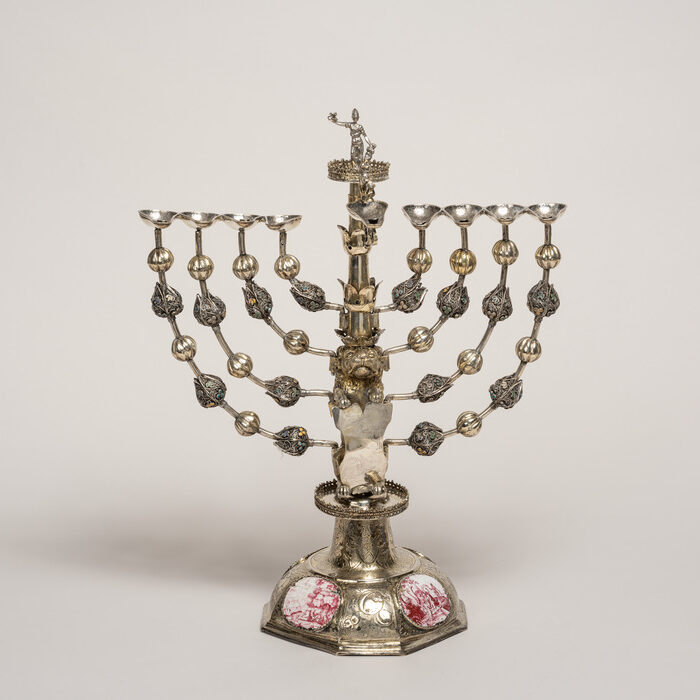Exhibition Features Over 80 Hanukkah Lamps from the Jewish Museum
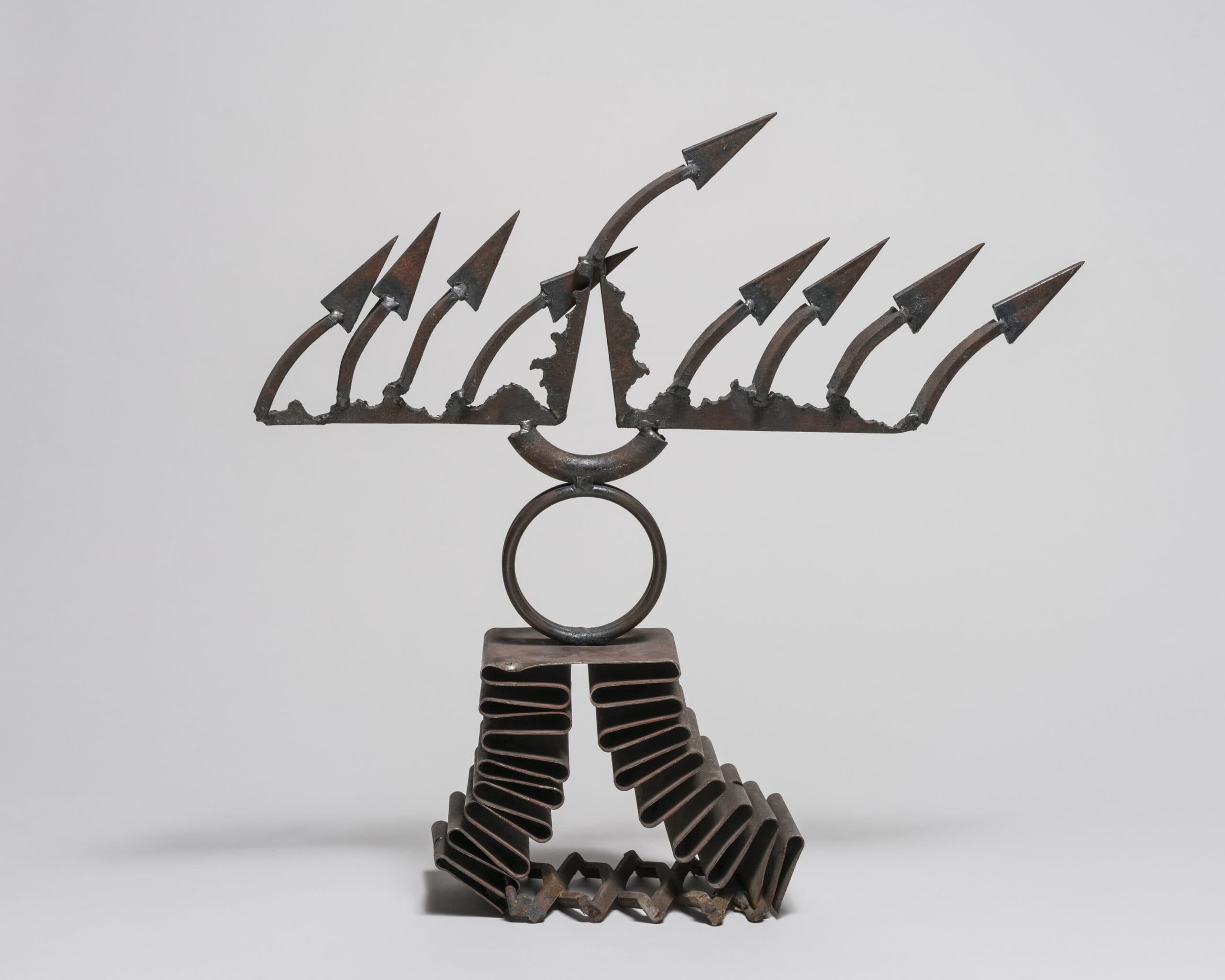
Accumulations: Hanukkah Lamps Through January 2022
The Jewish Museum's exhibition Accumulations: Hanukkah Lamps features over 80 Hanukkah lamps representing four continents and six centuries of artistic production. One of seven sections that make up the Jewish Museum’s third floor collection exhibition, Scenes from the Collection, “Accumulations” spotlights an aspect of museum collecting: the accumulation of multiple examples of a given work or similar works.
The Jewish Museum’s collection of Hanukkah lamps is the largest in the world at nearly 1,050 pieces, and was amassed over the 114 years of the Museum’s existence. The Hanukkah lamps on view reflect a wide variety of stylistic influences and decorative techniques. The exhibition is on view through January 2022.
The holiday of Hanukkah celebrates a successful revolt for religious freedom in ancient Israel. Through the centuries the importance of Hanukkah has grown and with it the centrality of the lamp. The material that lamps should be made of has also been prescribed by rabbinical authorities, in order to fulfill the commandment in as beautiful a way as one could afford, using the most precious materials possible, ranging from gold and silver to acorn shells. There were no restrictions on the manner of decoration. This has allowed artists, designers, and craftsmen great artistic freedom, often producing fantastical designs and shapes.
The selection of lamps on view range in date from the Renaissance to Thanksgiving 2013 when Hanukkah and Thanksgiving coincided, and originated in North America, Europe, Asia, and Africa. They are made of such materials as silver, copper, steel, tin, pewter, lead, glass, wood, clay, aluminum, concrete, and silicone. Differences in their materials and styles reveal rich details of the lives of Jews throughout the world over the course of six hundred years.
Several exhibition highlights include a silver Hanukkah lamp from the Frankfurt ghetto decorated with knops and flowers and featuring the biblical heroine Judith holding the head of Holofernes (Germany, 1706-32); a beautifully designed silver Hanukkah lamp in Rococo style (Netherlands, 1752); a copper alloy Hanukkah lamp with a tower (coastal North Africa, 19th-20th century); a copper alloy lamp (Morocco, second half 19th century) using the Middle Eastern motif of a hand or hamsa in the center of the lamp’s backplate; and an elegant, bronze Tree of Life menorah created by the well-known designer, Erté, for the fortieth anniversary of the State of Israel.
Pure lead lamps like one in the form of chairs (Russian Empire, mid-19th century) were characteristic of Germany and Eastern Europe. Because the melting point of lead is very low, they were easily made, and often melted down after the holiday to be recast the next year.
A Hanukkah lamp created in 1942 by Arnold Zadikow and Leopold Hecht with wood stolen from the Nazis in Thereisienstadt (Terezin), a camp-ghetto in the former Czechoslovakia, is a rare example of Jewish ceremonial art made during the Holocaust.
In the early 1980s, Judaica artists, inspired by trends in the art world, began to explore atypical materials and to reimagine the traditional forms of ceremonial art. Between 1981 and 1982, sculptor Larry Kagan created eight steel variations on the Hanukkah lamp, playing on the material, structure, and space. Meant to be inventive rather than functional, they express the playful and joyous nature of the holiday and challenge notions of what a Hanukkah lamp can be. The variations, Menorah Memories, are being exhibited at the Jewish Museum for the first time in this presentation.
Contemporary artists use modern materials not found on early rabbinical lists, such as aluminum, concrete, and silicone, in an effort to rethink traditional ideas about ritual objects and bring humble materials, more common in the design world, into the realm of the sacred. An example is a silicone and stainless steel lamp, Menorahmorph (2004) by Karim Rashid. Clay was probably the first material used to create Hanukkah lamps, going back to the first century CE, when the custom of kindling lights on the holiday was first recorded. Clay is still used today by contemporary artists and designers such as in the 2006 stoneware menorah, Utopia Menorah by Jonathan Adler.
Hanukkah, a festive holiday usually falling in December, commemorates the liberation of the ancient Jewish Temple in Jerusalem from repressive Greek rule in 164 BCE. Two divinely inspired miracles occurred during that fight for freedom – the military victory of a small band of Jewish soldiers against the might of their Greek ruler, and the one-day supply of sanctified oil in the rededicated Temple lamp that lasted for eight days. The holiday is observed through the kindling of lights for eight nights. Over time, a specialized Hanukkah lamp, or menorah, has evolved for this ritual, consisting of eight light holders and a ninth to kindle the other eight.
The exhibition is organized by Susan L. Braunstein, Senior Curator, The Jewish Museum.
About Scenes from the Collection
The Jewish Museum's ongoing collection exhibition, Scenes from the Collection, features nearly 600 works from antiquities to contemporary art. Art and Jewish objects are shown together, affirming universal values that are shared among people of all faiths and backgrounds. The exhibition is a powerful expression of artistic and cultural creativity as well as a reflection of the continual evolution that is the essence of Jewish identity. The unique mix of art and ceremonial objects speaks of the many strands of Jewish tradition, culture, spirituality, and history. Scenes from the Collection is divided into seven different sections, or scenes, highlighting the diversity and depth of the collection. Several scenes change annually, and one changes every six months, so that different subjects can be examined while audiences are offered opportunities to see as much of the collection as possible, including new acquisitions.
Press contacts
Daniela Stigh, [email protected]
